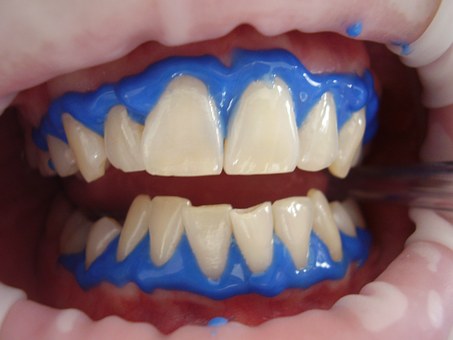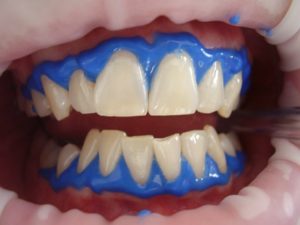Are X-Ray and Fluoride Treatment in Dental Produces Harm
Just like any medical facility, dental offices offer a range of tools that aid the dentist in caring for and preventing damage to the teeth. Most of these tools are shrouded in misinformation and myth, making it hard for patients to determine what is best for the long-term health of their teeth and gums. Fortunately, a dentist can answer your questions and correct misunderstandings about the materials and tools they use in their offices.
Many patient questions at the dental office usually revolve around the use of x-rays and fluoride. Answering these patient queries and assuring them about the efficacy and need for these procedures and materials can ease their concerns and help them relax. Read on as we try to learn more about the use of x-rays and fluoride treatment, and see if they really are harmful as some misinformed people say they are.
Dental Procedures and the Use of Fluoride
During the mid-1900s, fluoride was added to public water in all the cities in the United States. Some consider this process controversial, while some see this as an unremarkable part of their daily lives. Aside from water, it can also be found in kinds of toothpaste, mouthwashes, and in-office dental treatments. Fluoride is a naturally-occurring mineral in the teeth and bones that help remineralize the teeth’ surface and protect it from cavities.
Over the years, misused scientific research has paved the way for false rumors to spread about fluoride’s supposed link to low IQ and negative neurologic effects. But fluoride is kept within safe limits in well waters so there should be nothing to worry about. Although clinics will directly apply fluoride to the teeth, the amount that you get in toothpaste and saliva from your intake is just as important in fighting tooth decay.
Dental Procedures and the Use of X-Rays
Dental x-rays are images of the soft tissue and bones of the gums and teeth. Any cavities, extra teeth, or abnormal growths can be detected in this image by a trained dentist. This tool has long been used in medicine for over a century. And although patients are exposed to some amount of radiation, today’s machines have reduced radiation exposure, which is now roughly equivalent to the amount of radiation you get from your natural environment in a day.
In dental clinics, patients are covered with a lead apron and collar to decrease radiation exposure to the rest of the body. This is especially important for children as their bodies are still developing and might be affected by excessive radiation. In such cases, dentists usually recommend x-rays at most twice a year. Dentists digital x-rays to keep track of the alignment and growth of the teeth, as well as to check for gum disease, wisdom teeth, and cavities.
Dental clinics are medical facilities that house many materials and tools which require the expertise of a health professional for safe administration, be it a dentist, dental hygienist, or dental assistant. Thus, you can rest easy knowing that you are in safe hands. But if you still have doubts about fluoride treatments and x-rays, do not hesitate to talk to your dentist about it; they should be more than happy to answer your questions and ease your worries.






 |
|